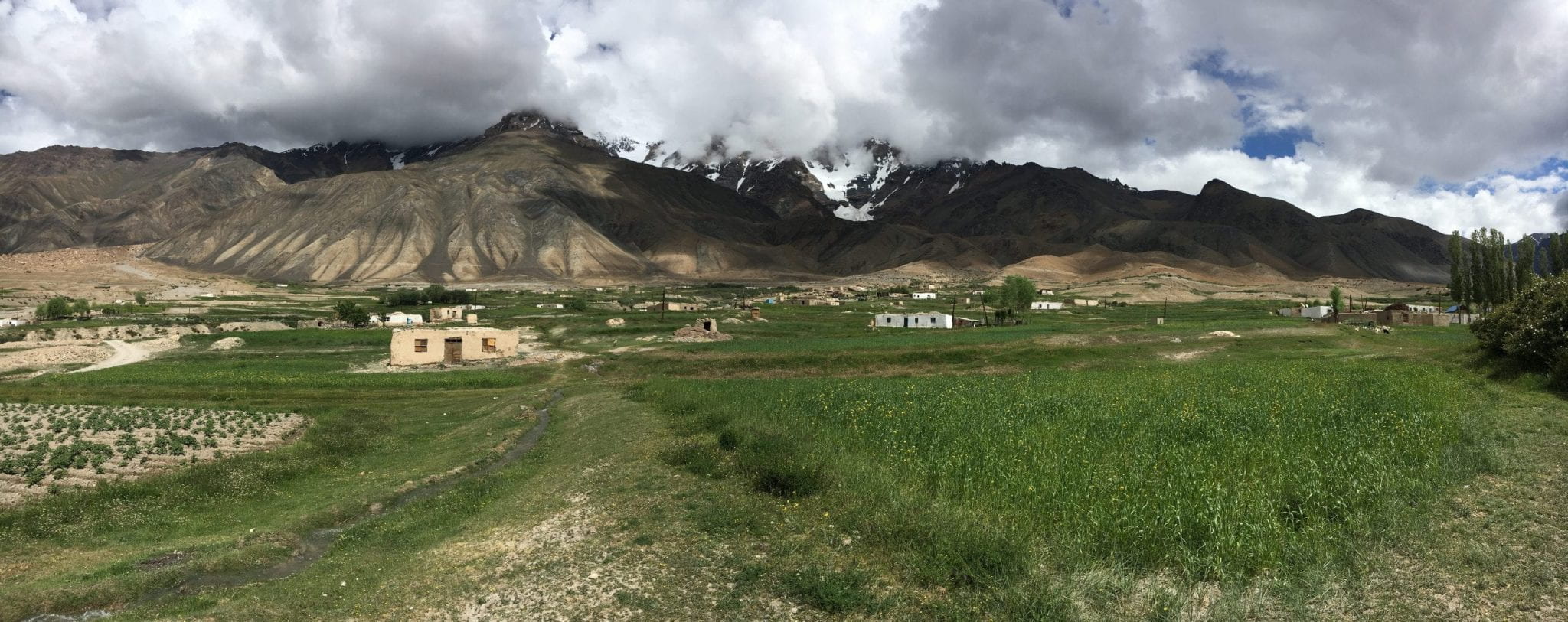In pursuit of food security threatened by flooding, Bengali farmers use a centuries-old solution, It is to raise their crops in floating farms on the surface of the water, Supported by governmental and non-governmental interest that sees this innovation as a pillar in development and the fight against poverty.
Science and technology have provided explanations for many phenomena and solutions to many problems, But nature always forces us to return to the simple solutions our ancestors devised in response to the needs of geography and climate.
In some countries, Unique geography meets harsh climate, As in Bangladesh. The Bangladeshi region is not only a lowland And even a lot of rain, They are actually plains of silt formed by the Ganges River and its highly sedimented tributaries, which often change their courses. When the monsoon blows and snow melts in the Himalayan peaks, The result is flooding covering large areas of the country for up to eight months of the year.
The fact that climate change has been oriented perpetuating these weather phenomena as a semi-permanent state, In the floodplain areas of the southwest of the country, Drylands have become very scarce, Even if the floodwaters recede temporarily, The soil has reached a degree of saturation that makes it unsuitable for agriculture, which represents one of the most important sectors contributing to GDP. This could be catastrophic in one of the world's poorest countries. Where the state struggles to manage the affairs of 160 million citizens, Half of them have no land, Most of them oscillate between seeking other professions or fleeing to escape extreme weather events. These displaced people will make up 14 percent of Bengalis by mid-century. Unless there are solutions that change their reality, even partially.
Therefore, Many governmental and non-governmental agencies have intensified their efforts, The United Nations Development Programme (UNDP) and the Sustainable Environment Management Programme of the Government of Bangladesh launched a community project for natural resource management. In order to help fight poverty and achieve food security, Together with the Ministry of Agricultural Extension, the International Union for Conservation of Nature, the Bangladesh Centre for Advanced Studies and the Agricultural Research Institute, The latter supports the local population in finding ways to adapt to the nature of their country.
Among these ways, Bengalis went to their heritage in search of solutions, They set out to revive a pattern of hydroponics practiced by their ancestors for centuries. It is known as floating vegetable farms.
The idea is to use aquatic plants as beds for crops, Gathering the branches of these plants, Foremost among them are the Nile roses or water lilies, Their stems are braided together so that they look like a woven cloth from which some flowers protrude. Because it is aquatic in nature, Do not flood these plants with water, Rather, they float on their surface and rise or fall depending on their level.
The process goes through a series of steps, In winter, the land is tilled and the seeds of the crops are placed in small balls made of peat. It is a type of dust that is formed as a result of the decomposition of some plants, It is used in agriculture because of its benefits in modifying acidity, moisture and oxidation, These balls are then wrapped in coconut fiber, The seeds are left a week during which they grow until they are about 15 centimeters long to be transferred to the floating beds and fixed with bamboo sticks so that they are not washed away by water currents. The majority of these plantings are leafy vegetables.
today The Ministry of Agriculture is working to expand this innovation, It has trained more than 500 farmers and implemented the project in more than 50 locations, Its goal was to meet the needs of 12,000 families, With a focus on supporting marginalized women and providing them with the necessary expertise to apply this approach and support their families.
Despite the reach, political commitment and funding that this agricultural practice has received, remains in a state of instability, NGOs and community development projects have targeted support and training campaigns to destitute families who saw nothing more than a source of food for their members. So I was satisfied with planting rice seedlings, I neglected them once the project was over.
Any way These farms are not a radical solution, They cannot withstand the most extreme weather events, Especially if the effects of climate change continue without effective intervention.
While this innovation seemed easy to implement in some regions as it was an ancestral tradition, It was a real challenge in other areas unfamiliar with it, Finding suitable sites and educating the population was tantamount to interjecting into a strange folklore. Rejected or at least reprehensible.
Many voices are calling for expanding the role of government in bringing this innovation closer to people's minds. Make it part of locally developed strategies that seek self-sufficiency and sustainability.
This method protects crops from damage to surplus water, At the same time, degrading nutrients are transported to them, This reduces the need for chemical fertilizers.
today More than 6,000 farmers follow this practice. They graze floating farms covering thousands of hectares, Research bodies continue their studies to increase the efficiency of this approach, which research ranks as the best food production for 90% of the population of humid areas.
Because these floating farms combine agricultural biodiversity, resilient ecosystems and cultural heritage, The Food and Agriculture Organization of the United Nations (FAO) has considered it a heritage agricultural system of global importance.
References:
https://www.bbc.com/future/article/20200910-the-remarkable-floating-gardens-of-bangladesh






